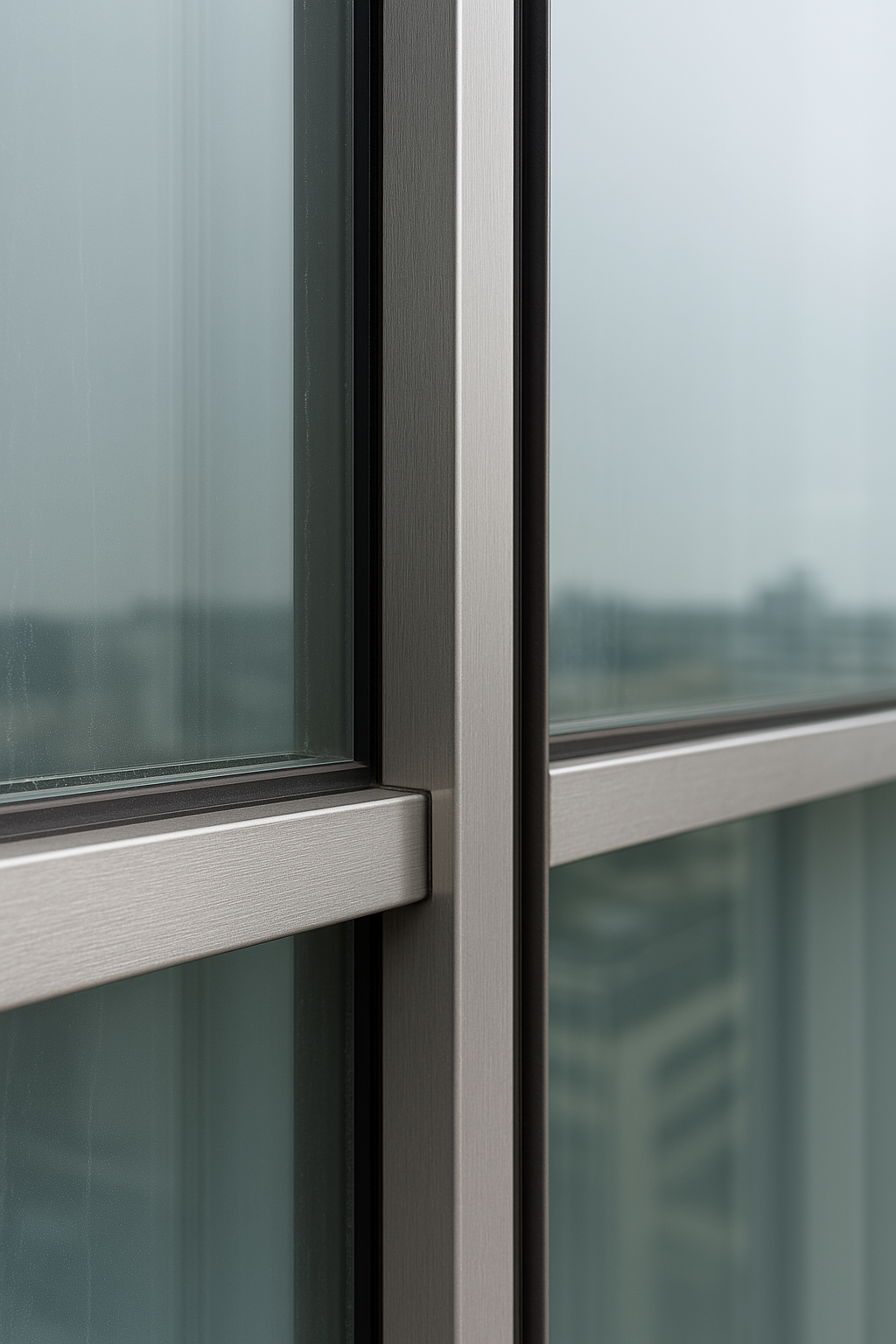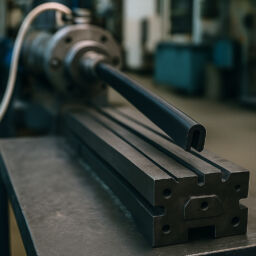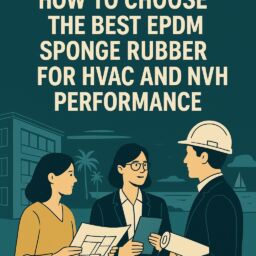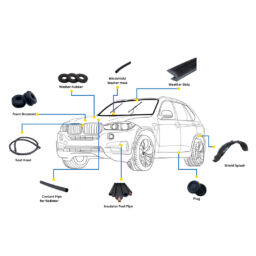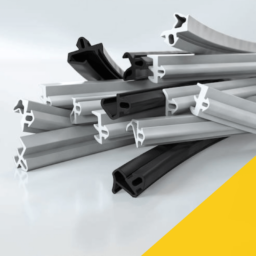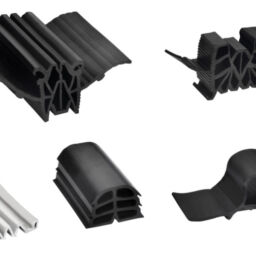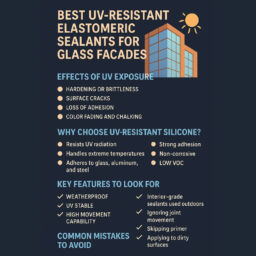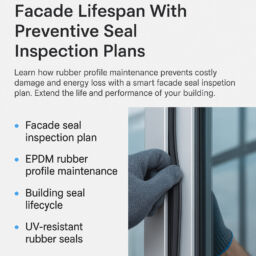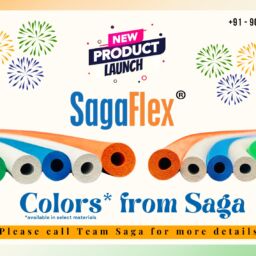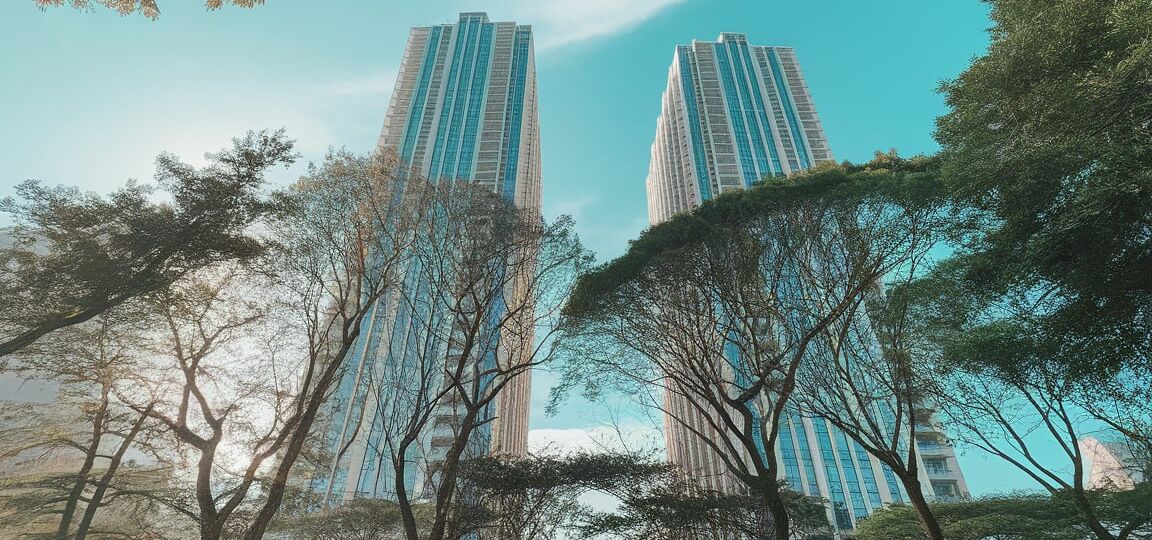
With the rise of modern architecture, there is a heavy demand for designing high-performance façade systems. Construction companies focus more on the aesthetics, energy efficiency, and structural integrity.
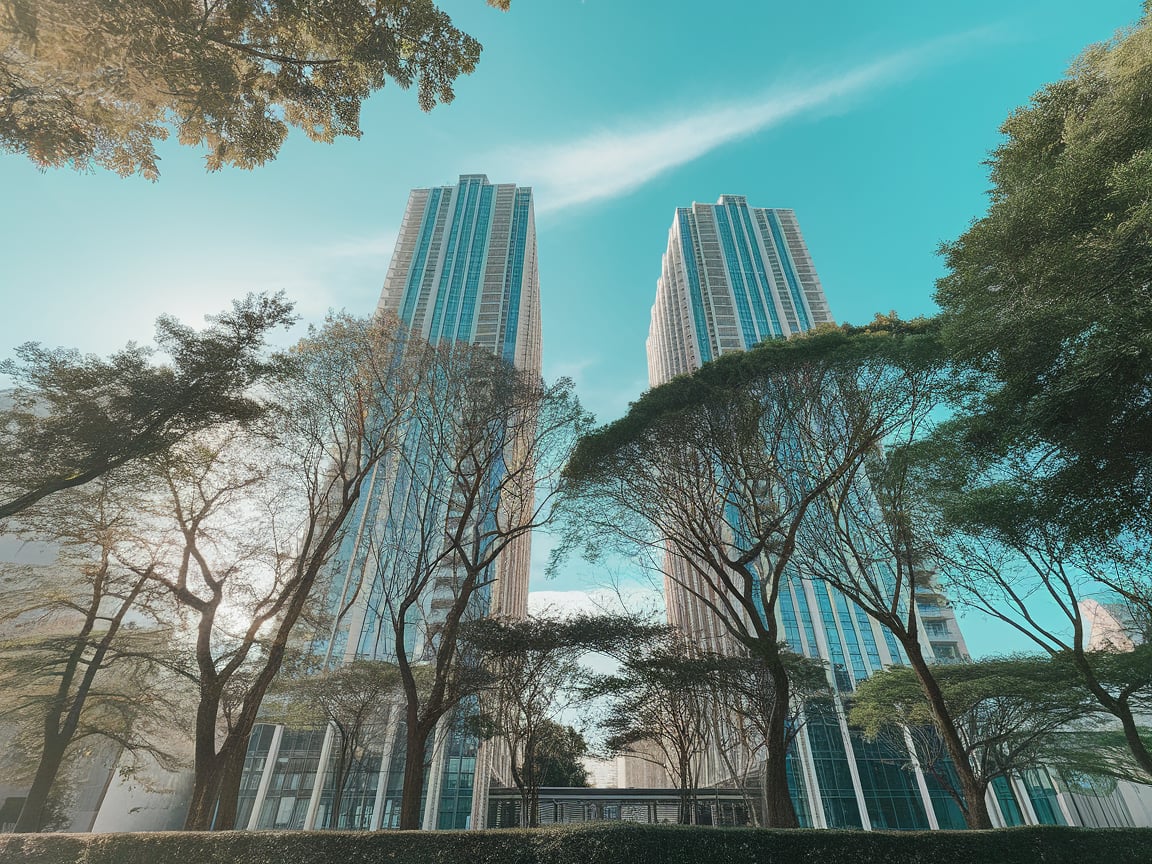
If deprived of testing and maintenance at scheduled intervals, the rubber seals can silently degrade, leading to façade seal failure, resulting in massive repair costs, energy inefficiencies, and safety hazards.
This blog examines the significance of periodic rubber profile inspection in the façade industry, emphasizing how it can prevent costly building expansion joint failures, mitigate operational risks, and maintain the performance lifecycle of the building structures.
- Hidden Threats of Façade Seal Failure
EPDM rubber profiles are designed to withstand years of exposure to harsh elements and weather. Certainly, no material is immune to aging and degradation. Over time, environmental factors such as:
- Ultraviolet (UV) radiation
- Ozone exposure
- Heavy Rain
- Climatic changes
- Seismic conditions
- Dust and chemical pollutants
cause rubber materials to lose their elasticity, crack, and disintegrate.
However, the rubber seal degradation often remains hidden in its early stages. Unless tested periodically, engineers and facility managers may overlook the problems. Eventually, the degeneration signs may manifest as:
- Water leaks through the curtain walls
- Air infiltration leading to HVAC inefficiencies
- Structural stress due to compromised building expansion joints
The signs, though, seem to be minor in the beginning, but can escalate into major concerns. A degraded rubber seal can cause damage to internal finishes, raise energy costs, and compromise the performance and reputation of the façade system.
So, it’s ideal for engineers and facility managers to invest in periodic EPDM rubber testing to avoid.
- Lack of a Defined Framework for Rubber Seal Maintenance
As discussed earlier, seal degradation often goes unchecked in the early stages. The reason counts down to the absence of a standardized inspection framework for rubber seal maintenance in the post-installation phase.
Typical mistakes include:
- Lack of documentation of the rubber batch or compound details
- Absence of scheduled mechanical inspections
Saga Elastomer recommends a structured rubber seal inspection plan:
| Building Age | Recommended Action |
| 0-2 years | Visual checks for discoloration or shrinkage |
| 3-5 years | Compression set testing and hardness sampling |
Schedule a Free Seal Health Assessment
The routine seal application health assessment identifies degenerations before it’s too late. They are fixed early and maintain the rubber profile durability for optimal performance.
Here is the checklist of degeneration signs that demand EPDM profile inspection in the Façade structure in the subsequent years (1-2 years):
- Physical Damages
- Cracks on Rubber profiles – Indicates degradation due to UV rays and ozone.
- Change in colour (fading, whitening, etc) – Points out the aging and weathering of the rubber profiles.
- Mechanical Changes – Cuts, tears, on rubber profiles caused by various factors such as bird attacks, cleaning tools, etc, need to be addressed.
- Mold or organic growth – Occurring due to damp conditions for a long time and improper drainage of water.
- Fitment and Compression Issue
- Losing Elasticity – When the rubber profile does not rebound properly on pressing, it indicates an increase in the compression set.
- Losing Contact – If the rubber profiles form gaps and do not fit well with the glass or aluminium, it has lost contact. This leads to water and air leakage. So it is recommended to check for debonding and loosened rubber profiles.
- Profile Disfigure – Wavy, pulled out corners and ends, misalignments, are warning signs and recommend rubber profile inspection.
- Air and Water Ingression
- As leaks in the rubber profiles denote façade seal failure, it is advisable to conduct a water-spray test after heavy rain or monsoon.
- Also, dirt marks and dust streaks suggest the passage of air through the leaks, adding to the degeneration.
How a Thermal Camera Assists in EPDM Facade Inspections?
- Spotting Air Infiltration / Leakage – A thermal camera is equipped to identify and highlight defects like shrunk, cracked, and deformed EPDM gaskets, and the difference in temperature in those areas. It also spots the air leakage areas, especially near the curtain wall joints, window edges, and façade frames.
- Detecting Water Leaks and Damp Areas – In case of water ingress, the damp areas behind the glazing retain the temperature inconsistently. Due to this retained temperature in the damp insulation, the thermal camera helps to detect cooler as well as warmer spots.
- Identifying a Failed EPDM Gasket – Leading to a compromised thermal seal, a failed EPDM gasket causes a mismatch in temperature, especially across the seal joints. The thermal camera is capable of locating thermal bridging.
- Tracking Down Inconsistency Across Façade Panels – The thermal camera also tracks down the inconsistent performance of EPDM rubber across different floors, highlighting the uneven temperature recommending specific areas for inspection.
Handheld thermal cameras, or the ones that can be attached to a mobile, such as FLIR One, Seek Thermal, are cost-efficient options. For best results, the timing for thermal imaging must be chosen carefully –
Why Rubber Profile Maintenance Matters to QA Engineers, Facility Managers, and Construction Firms?
The accountability of post-installation building performance goes to:
- Quality Assurance (QA) engineers, for monitoring building envelope reliability
- Maintenance teams, for conducting regular system inspections
- Construction firms, for repeating façade projects or retrofits
Rubber seal integrity and performance are liabilities for these stakeholders without proper monitoring. So, implementing a regular rubber profile inspection and replacement cycle is no longer a choice. It’s obvious and objective.
Prevention is Always Better Than Repair
To wrap up, where buildings are expected to maintain durability and high safety standards for decades, rubber seals must not be treated as one-time installations. Instead, periodic testing is a reliable method that ensures efficient performance of the rubber profiles, especially under demanding environmental conditions.
Neglecting rubber profile inspections ends in costly repairs, along with production downtime. It also impacts brand reputation, occupant safety, and regulatory compliance.
Partnering with the right rubber profile manufacturers, followed by standardized inspection schedules, building managers can avoid severities in terms of hazards, cost, time, and brand reputation.
How To Test Installed Rubber Profiles? – Saga Elastomer’s Solutions
At Saga Elastomer, our role is not limited to manufacturing high-performance rubber extrusions. We have a holistic approach to sealing solutions that includes:
- Lifecycle Performance Monitoring of Seal Rubber Profiles using data from material science and environmental simulations to predict degradation intervals.
- On-site Testing Services for evaluating compression set, hardness, and visual aging.
- Replacement Recommendations of Rubber Profiles based on the installed batch and the application use case.
- Post-sales Support with a structured and standardized Façade Inspection Plan for our construction partners.
Our customers benefit from:
- Access to historic product data and performance benchmarks
- Custom extrusions for retrofits with dimensional precision
- Timely access to spares and testing protocols
- Reduced downtime and maintenance costs
- Building performance efficiency and durability, resulting in higher occupant comfort
- Simple Audits for ISO, IGBC, or GRIHA certification
Case in Point:
Prestige Primrose Hills in Bangalore South is a top residential society. It provides all modern amenities and living spaces, offering comfort and convenience. Spanning over 15 acres, it has 15 towers, each with 14 storeys. Partnering with Saga Elastomer, they will be using SagaSeal® Expansion Joint Profiles to maintain the structural integrity and prevent any damage.
SVB Tech Park is one of the prime technology and innovation centers in Coimbatore, spreading over 7 acres and 1 million sq. ft. To underpin the robust infrastructure, SagaSeal® Expansion Joint Profiles and SagaValue® Architectural Profiles are used for flexible movements of large structures and maintaining stability.
Are your façade rubber profiles up to the mark?
Saga Elastomer offers a comprehensive testing and support program for existing clients. Don’t wait for failure signs to appear.
📧 Email us at: [email protected]
🌐 Visit: www.sagaelastomer.com
Follow us on linkedin
